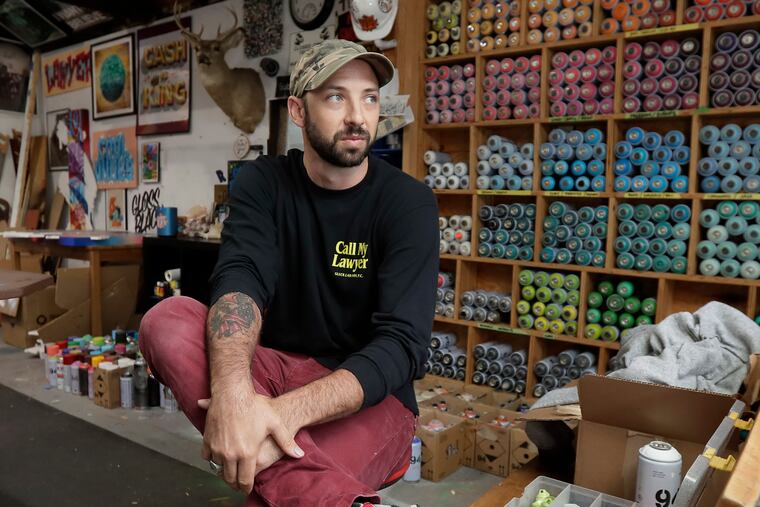How Philly muralist Jimmy Glossblack went from tagging trains to selling art to Comcast and Google
Glossblack's client list includes the Sixers, Under Armour, Reebok, Puma, Lyft, NBAonTNT, Justin Bieber, Pabst, Redbull, Saks Fifth Ave, and Dietz & Watson.
